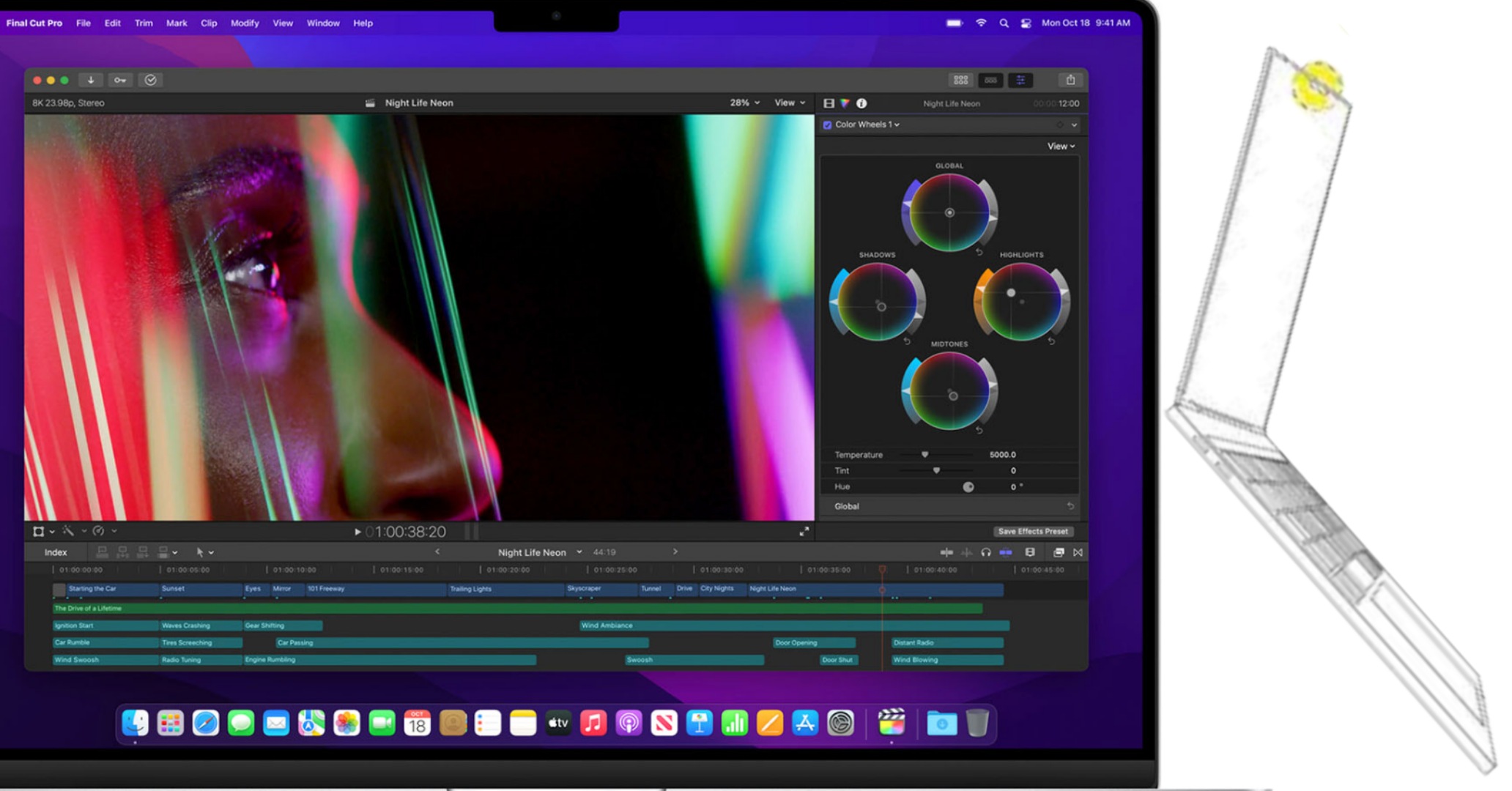
Apple has received a patent that allows the company to provide an alternative form of biometric authentication on its MacBook and Mac computers. The Cupertino company now supports unlocking Mac computers via Touch ID, on certain models. It introduced Face ID on the iPhone X in 2017, which uses a series of sensors to securely authenticate users using facial recognition. While Apple has yet to indicate its plans to add Face ID to future MacBook models, the company’s recent laptops have a display notch that resembles the one found on the company’s smartphones. company since 2017.
Discovered by Patently Apple, the company’s latest patent related to facial recognition on computers was granted on August 15, nearly four years after it was filed in September 2019. 34-page US patent 11727718-B2 recognizes Paul Wang, Keith Hendren, Adam Garelli, Antonio Clarke, Joshua Daigle and Dinesh Mathew as the inventors of this technology.
The patent document contains various schematics of a hardware module capable of recognizing light patterns. This hardware module – shown with a bunch of sensors in Figure 4D – is shown at the top of the screen on a MacBook-like computer in Figure 1A and a Mac desktop in Figure 1A. ten.
The module shown in Figure 4D appears to be similar to the Face ID sensor array on recent iPhone models providing enhanced depth mapping for secure facial recognition. According to the patent module, the support assembly contains the module that includes the camera, light projector, second camera, ambient sensor indicator, camera indicator, and spotlight projector. It should be noted that while Apple recently introduced a notch on its MacBook models, the company has yet to announce plans to support Face ID for future MacBook and Mac models. The hardware needed to support a feature like Face ID can take up more space than a MacBook’s slim lid – the iPhone’s thickness is an indicator of how much space such a system can take up on a device. laptops – especially on models like the MacBook Air.
The patent document shows that Apple has also considered the possibility of bringing facial recognition networks elsewhere. instead of the display track shown in the previous diagram.
An alternate diagram showing a MacBook with a different system may not require a display track. Figure 8A shows a module that can emit infrared (IR) light for user identification. This section can be hidden on the device under a panel, and Figure 7 shows the module’s location on the MacBook.
